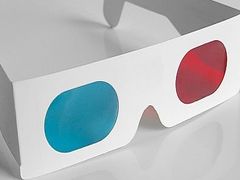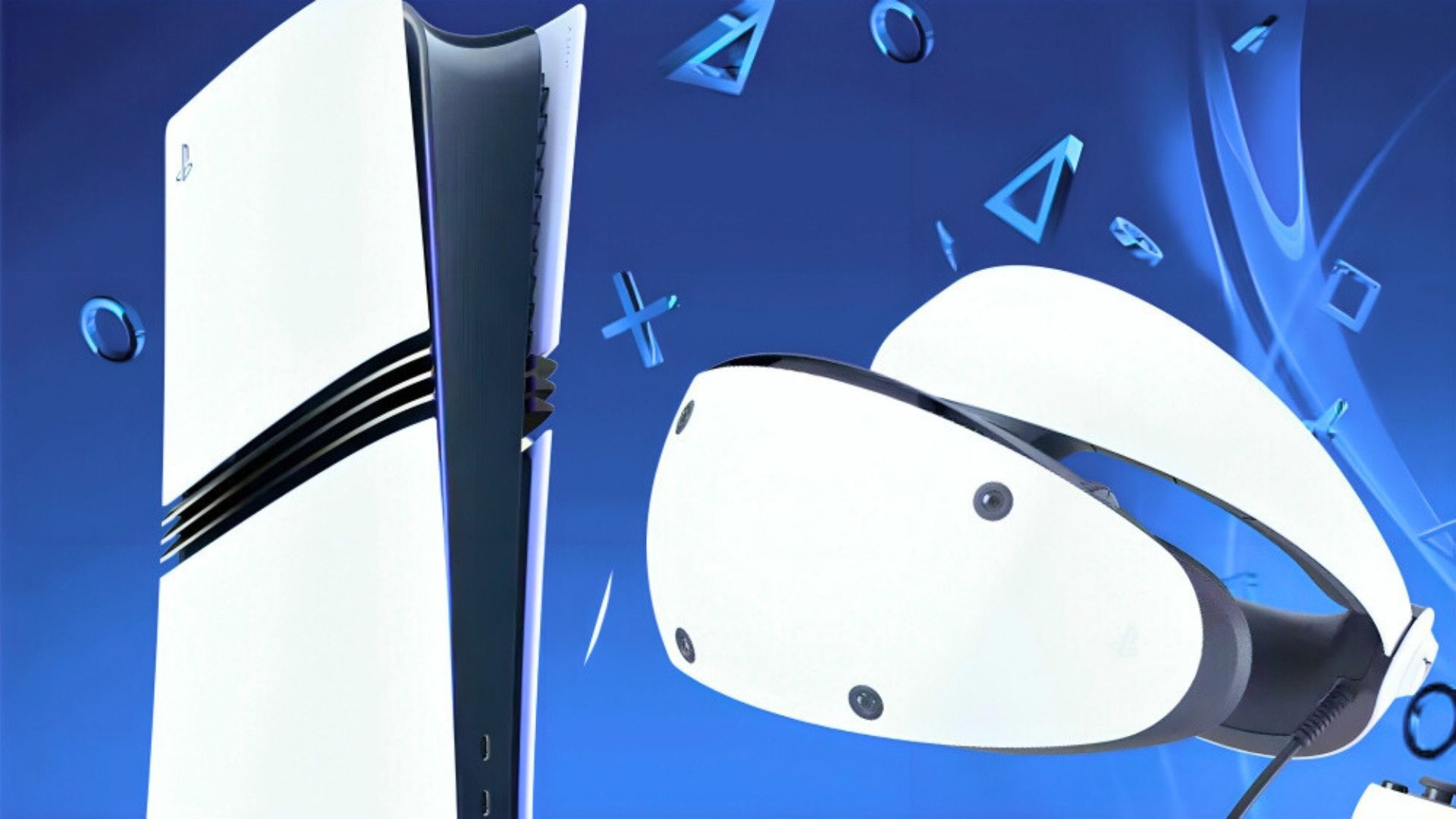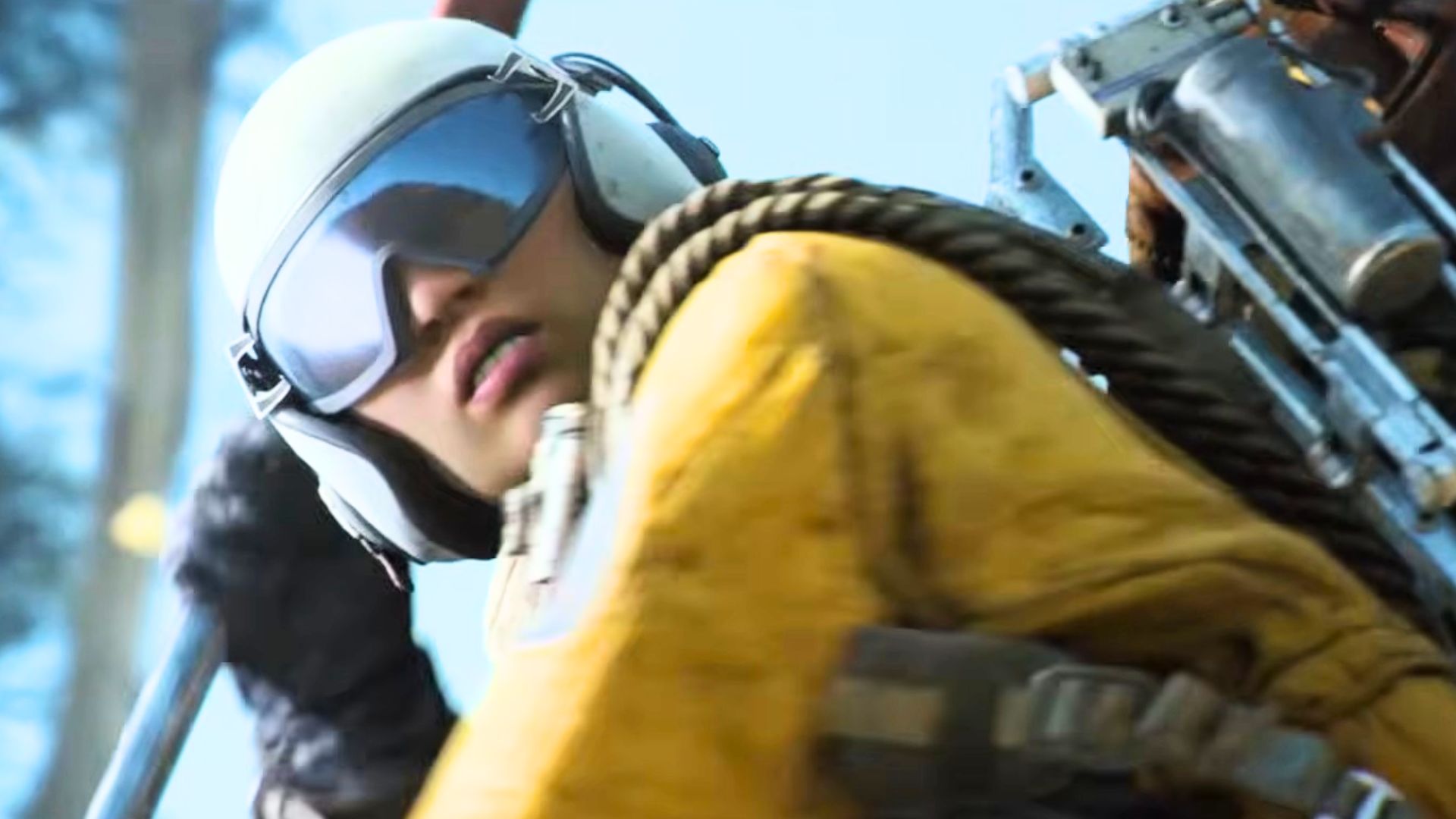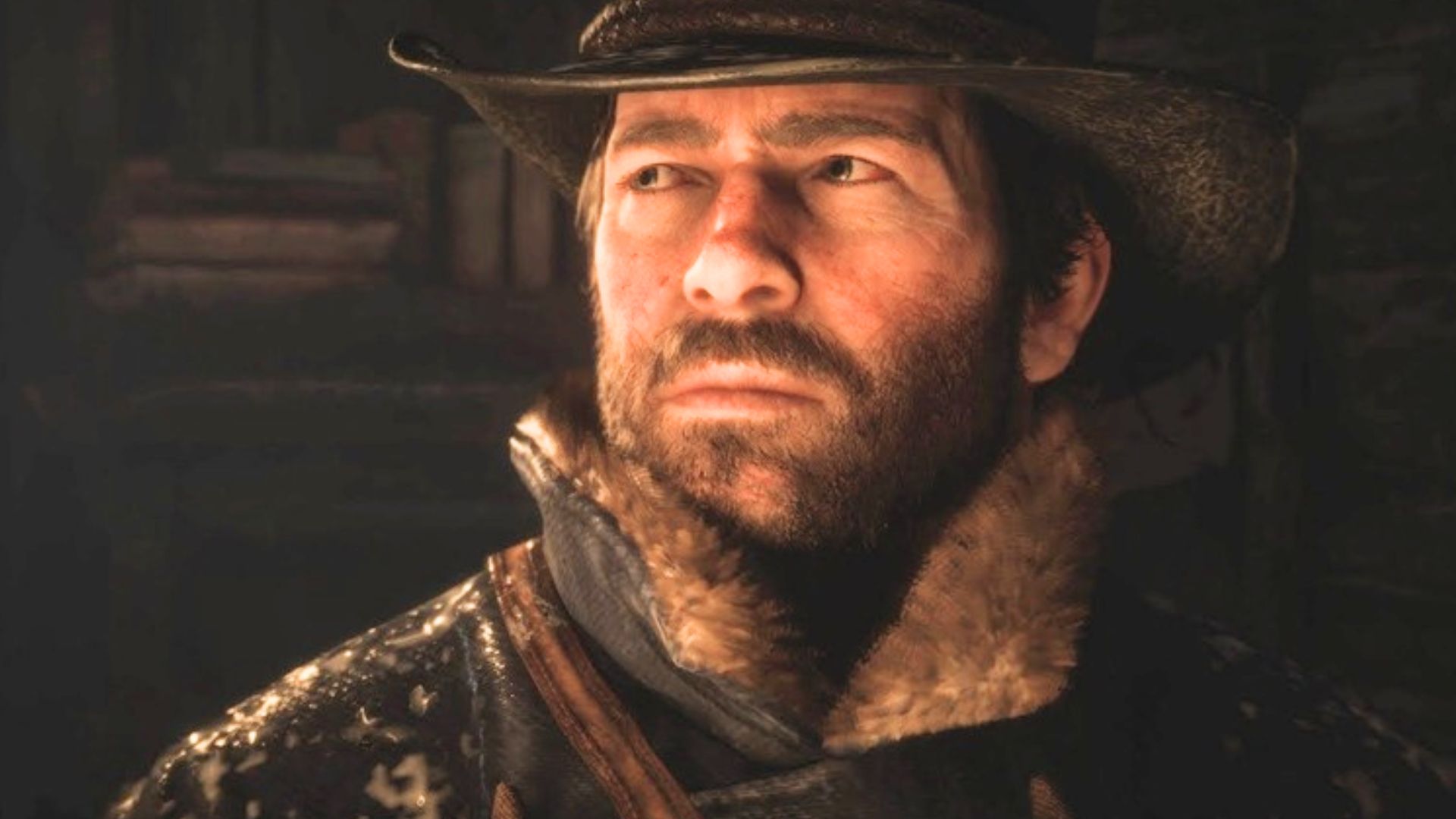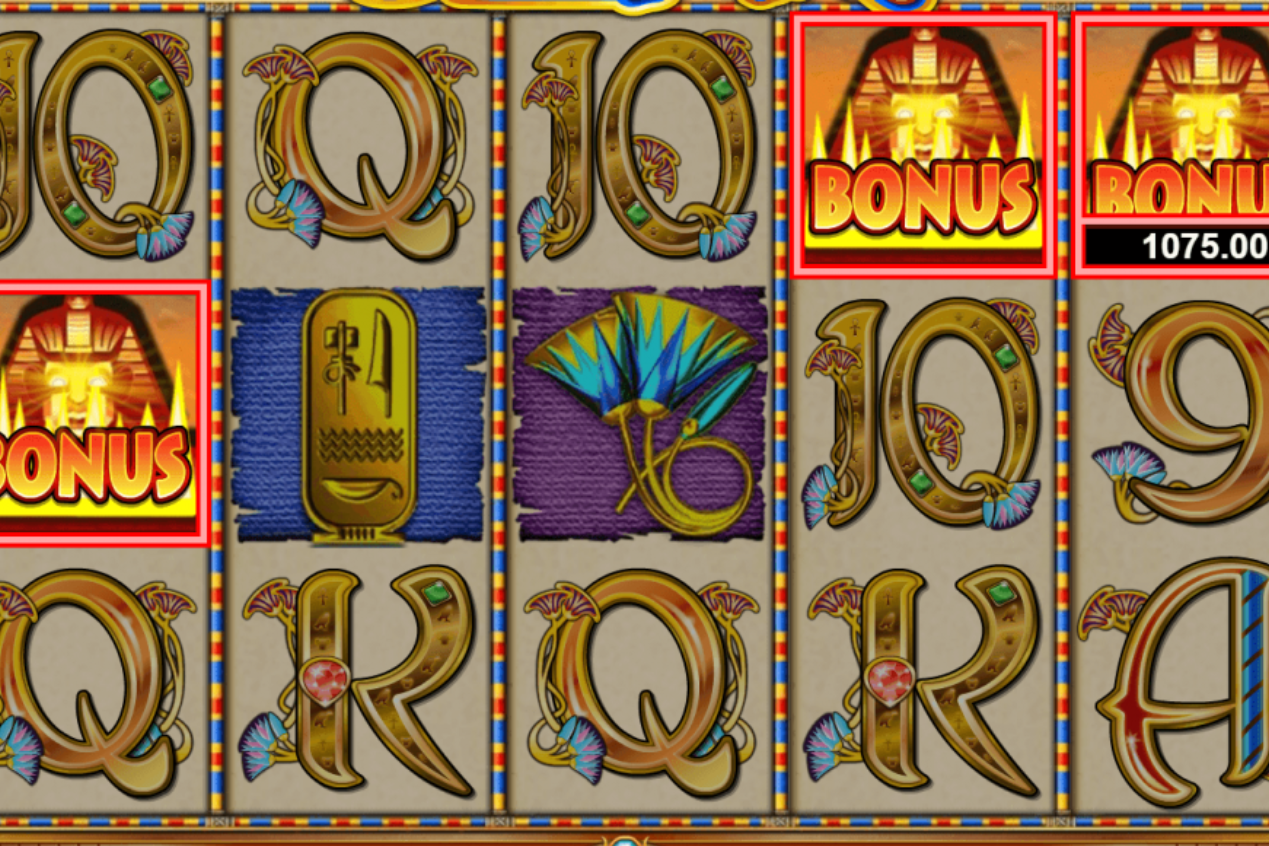You can trust VideoGamer. Our team of gaming experts spend hours testing and reviewing the latest games, to ensure you're reading the most comprehensive guide possible. Rest assured, all imagery and advice is unique and original. Check out how we test and review games here
Sony Computer Entertainment Europe’s Mike Hocking is a busy man. Not only does he run three game development studios in the UK, he’s also in charge of 3D games development worldwide for Sony. Even with all this on his plate he found the time for a chat at gamescom earlier this month. Read on for news of a 3D LittleBigPlanet, why Sony’s 3D is the best and why viewing 3D content is a lot like going for a swim.
Q: Can you tell us a bit about yourself and what it is you’re doing at Sony in regards to 3D?
Mick Hocking: I’m a senior director for Sony Europe. I run three game development studios in the UK: Evolution Studios who makes MotorStorm, Liverpool Studio that used to do F1 that now does WipEout, and BigBig who’ve done Pursuit Force and MotorStorm Arctic Edge on PSP.
I also look after 3D games development worldwide for Sony. I deal with all the studios worldwide, both educating them along with my 3D team on how to do 3D, and supporting them in converting their games to get the best 3D experience.
One thing we’re doing an awful lot of is, it’s incredibly important because this is year zero for 3D entertainment – all the TVs have been launched and we’ve got a huge range of content in film and broadcast and gaming and personalised content like photography in 3D. We’re building a market. We’re growing this market this year, so it’s incredibly important that we develop very high quality, stunning, but also comfortable to view 3D experiences.
What’s true in gaming and in film and broadcast is that a lot of people don’t know how to create 3D correctly. Those that do, the James Camerons and our studios – the Guerrillas and Evolutions – are producing stunning quality 3D, but we want everybody to do that, because what’s true of great quality 3D is it brings people back, they are amazed by it. What’s also true of poor quality 3D is that is has the opposite effect.
Q: So is your goal to educate other studios?
MH: We go around the world. Pretty much every studio that we’ve ever dealt with is very interested in converting their game to 3D. Really the only ones who aren’t doing it are the ones who are so busy trying to get their game finished and out of the door.
Q: Are you going to studios outside of Sony?
MH: My team focusses mainly on first party studios, but we work with third party support groups. We’ve trained other publishers, we’ve trained third-party developers on how to convert their games to 3D. Really we want everybody to understand the medium properly. It’s not just about adding depth to a game; you need to understand how to create it correctly.
Q: We’ve seen already with movies, with Crash of the Titans, that bad 3D can really hurt the experience.
MH: The people who have been working with 3D the longest – we were talking to Sky the other day – they are really clued up as well now. They understand the necessity to produce only good quality 3D experiences, because if they don’t people are not going to come to 3D. James Cameron with Avatar did a great job of showing great quality 3D to a huge audience, he’s opened everybody’s eyes to it. We’re going to do the same with these games, we’ve got 20 games coming out in the next 12 months alone – something like 22 now actually – so there’s huge interest, but we’re stressing to people that you must do it well. We don’t want people to get tired eyes after viewing 3D, and you don’t if it’s done right.
Q: You want the early experience to be good.
MH: Exactly and it’s word of mouth.
Q: It’s harder to sell if they start off with a bad experience.
MH: Exactly. If they see stunning experiences like this they go and tell their friends. It’s word of mouth marketing, the most powerful form of marketing known to man. That will generate that buzz about 3D and ultimately the size of our 3D market is going to be defined by the number of 3D TVs out there.
Q: Are people buying them?
MH: They are, certainly. It’s an early adopter market right now, these are people that love early technology.
Q: The same kind of people that have a PlayStation.
MH: Exactly. Gamers always love new technology. It’s not just gamers. I think what’s significant about the growth of the market is that you’ve got a lot of 3D movies – something like 100 in production at the moment – they’ll be coming to 3D Blu-ray.
Q: You’ve still go that update coming this year to PS3?
MH: Yeah, that’s right. You’ll be able to view those on your PS3 in the near future. You’ve got more than 20 games coming in the next 12 months, you’ve got Sky and ESPN and Discovery Channel launching their 3D channels now. The minute that good quality football comes in 3D you’ll see a huge wave of interest. It’s in pubs, but people want to go into their homes to watch it.
It’s not only that. It’s things like personalised content. The next camera you buy with probably have 3D capabilities. The next camcorder you buy will probably be 3D capable. You’ll be filming your family and friends in 3D and where do you want to view that? You’ll want to view that on TV. YouTube has a dedicated 3D channel now and they’re actively encouraging the community to get out there and play with 3D. You can see right across a broad range of media there’s lots and lots of 3D content. All of those are different reasons to get people to go and buy that 3D TV.
/https://oimg.videogamer.com/images/bf34/e3killzone3.jpg)
Q: Do you have a pin-up game on PS3 for 3D?
MH: No, I think we just have a lot of really cool games. Killzone is stunning in the action genre. Immersive battles, a stunning sense of vertigo and drama. I think MotorStorm Apocalypse as an arcade racer is delivering an absolute state of the art experience. Gran Turismo if you want the simulation experience. But we’re also doing lots of different types of games – super stardust is an incredible experience with a really really nice 3D effect. But then you’ve got things like Tumble. You’ve got spacial control with Move combined with 3D. What’s brilliant about that is that the hardcore gamers love the Killzones, the Motorstorm type experiences and really enjoy that kind of thing, but for new audiences we’ve got things like Tumble and EyePet, even The Fight in 3D, which are very very intuitive because the interface is so simple. And the reason it is, when you pick up a block with the move controller and you move it, it does exactly what you think it’s going to do. Your brain is processing it in exactly the same way as if you are really holding the block. What we find is that people just accept what’s going on, they don’t need it to be explained to them and it’s great for attracting new audiences to gaming. So we’ve got a real broad range and a portfolio of games in 3D.
Q: How do you market 3D to consumers? How do you get across the benefits?
MH: That is exactly the question. In a good way and a bad way, seeing is believing in 3D.
Q: So I suppose word of mouth…
MH: Word of mouth is going to be very very powerful for us. What we’re trying to do is get as many people in front of good quality 3D as we can. They’re doing roadshows with Bravias. We’re getting into stores and stuff, but it’s important that content is brilliant content, it’s really nicely created, it’s comfortable to view, but stunning as well. And that’s because it will be word of mouth that drives it. What’s great is because there is so many types of media doing 3D, people are going to hear about it more and more and more. You are going to be talking about your home stuff in 3D, the latest game you played, did you see that film in 3D? Let’s watch this football match in 3D. All that will add up. We also want to educate the public. If the public can tell great quality 3D from poor quality 3D they are able to make those informed decisions.
Q: There’s quite a bit of negativity around 3D glasses. Is this a problem you can overcome?
MH: I think everybody has their own opinion. The only way of achieving a high definition, high quality 3D experience on the TV is using glasses at the moment. There is no glasses-free way of doing that right now. The person who invents that is probably going to get very rich, very quickly. For the foreseeable future we are looking at glasses-based technology. Our active solution is very very good. The glasses are pretty stylish and we’ve found most people don’t mind wearing the glasses. There’s always one or two who don’t, but I’m afraid if you want that 3D experience you have to wear glasses. We put sunglasses on to go outside. We put glasses on when we ride mountain bikes. We put goggles on when we go swimming. If you want that new experience sometimes you have to put some sort of glasses on. I think as the quality of the content gets out there and people start to really enjoy the experiences they will worry far less about putting a pair of glasses on.
Q: What’s the cost of 3D gaming on PS3?
MH: Of course this is brand new technology so this is at its launch price point, but in the UK you can get a 42 inch Sony 3D Bravia with a PS3 and glasses for £1,500. Now, that’s a pretty reasonable deal when you look at it. I think what we will see is glasses bundled with PlayStations.
Q: With HD it was the same kind of thing. By next Christmas is 3D going to be more affordable.
MH: Absolutely. Like anything, the size of the market for us is defined as the number of 3D TVs out there. The more 3D TVs we can get into people’s hands, making them more affordable, the more glasses that are out there so more people can enjoy it, the better. It’s the content that we want to get to people. It’s in everybody’s interest to get as many 3D TVs out there as possible.
PS3 is compatible with any display device that is compatible with 3D over HDMI so it doesn’t matter what technology it is using.
Q: So passive type too?
MH: Any display which is compatible with 3D over HDMI, which is the vast majority, will work with PS3 in 3D. Whether it’s an active tech, a passive tech. We’ve chose active because we can maintain full resolution in the frame and with our particular version – which is unique – we don’t actually block the light entirely to each eye, we change the polarisation. What this means is you don’t get that flickering effect you get on some TVs around the edge of your eyes. Even though your one eye can’t see the TV image it can still see the light in the room, that’s why the Sony solution is really good.
Q: It seems like everyone came out with 3D at the same time.
MH: What we’re seeing is a convergence of technology and content that has never happened before. 3D has been around 170+ years. 1832 is the first 3D viewing device – a fairly basic thing back then. In the ’50s it was cinema. In the ’80s and ’90s it was VR, but we’ve never been able to have high enough resolution, a high enough refresh rate and good quality 3D at an affordable price for the home. You could have a massive, multi million dollar system which would have the required refresh rate, but nobody could really use it.
What’s significant now is we’ve got TV tech which can produce those high refresh rates with high definition and we’ve got consoles like PS3 that can deliver 3D now. And because these things have come together at the same time that cinemas are upgrading to digital and can produce great quality 3D in the cinema. This has all come together, converged at this point and that’s why you are now seeing everybody get into 3D and saying look there’s a market here. We can actually deliver great quality experiences now.
Q: So is 3D a gimmick or something that’s here to stay – will it be here for the foreseeable future?
/https://oimg.videogamer.com/images/b536/3dglasses.jpg)
MH: We certainly think so. It’s not just gaming, it’s not just film, it’s not just broadcast and TV. You’ve got people filming sitcoms in 3D now. You’ll start playing with 3D photography or video with your friends, you’ll pop those onto YouTube. There’ll be a lot of buzz about ‘wow!’ look at what this person has done in 3D.
All these different types of media combine together to make it just another accepted part of the media that we enjoy across a whole range of things. We think that 3D is just going to become just another part of media that everybody enjoys moving forwards, and it’s around to stay this time.
Q: Microsoft has said the Xbox 360 can do 3D, but haven’t really shown anything. You’re the only console platform that’s come out and said look, this is 3D and we can do it. Does that give you a big advantage?
MH: Yeah, I think so. With PS3, because we can firmware update the platform, we can support 3D games, 3D movies, 3D photography, perhaps other things in the future. It’s also the chipset in the PS3 is ideally suited for us to deliver 3D. I think it does, it’s a very positive thing for the PS3. We’re already taking it beyond the basic you can do 3D. We’ve got 3D spacial control with Move, and there’s many more innovations in the pipeline.
For me PS3 is hitting its stride now. The portfolio we’ve got is superb across all range of games. We’ve got 3D coming, we’ve got the most accurate spacial controller out there. I think this is a great time for PS3.
Q: Are you surprised by how quiet Microsoft has been in relation to 3D on the Xbox?
MH: It’s a bit of a mystery I have to say. I don’t want to comment too much on what they are doing. I don’t know if their console can do it well or can’t do it well. I don’t know.
Q: Have you seen the 3DS?
MH: I haven’t seen it because I was at E3 and the queues were about an hour long [laughs].
Our focus is on high-def 3D home entertainment. You can do stereoscopic on small screens, but they work from one viewing angle, typically they have to get the position just right in front of your face. If I said come over here and look at this 3D you can’t see it – I have to give it to you.
We think the most compelling 3D experiences at the moment are to be had on the TV in high definition and in a controlled environment, where you can really experience the highest quality possible.
Q: So no 3D PSP then?
MH: I can’t possibly comment, but you’ll have to watch this space. If we do it we’ll do it in a very stunning way I’m sure.
Q: In terms of 3D releases this year what have you got coming out?
MH: The list just keeps growing. We’ve got the four games already launched. But we’ve got really big titles, the real killer titles from first-party. MotorStorm: Apocolypse in spring, GT5 on November 3, Killzone 3 obviously. The Sly Collection. We’ve also got games from third parties, so Virtua Tennis, very very cool in 3D. Crysis, Mortal Kombat, Shaun White Skateboarding, Ghost Recon, TRON and NBA 2K.
Q: Does 3D give some of these third-party titles a point of difference between the Xbox and PS3 versions.
MH: Yeah, a clear distinction.
Q: Are third-parties keen on 3D then?
MH: It’s growing. Literally every week now we are getting more and more contact. Initially there was a load of “is this going to be something big or is it just a curiosity?” I think people are now realising that seeing so much 3D content coming through and when game developers see somebody else’s game – particularly a competitive game in 3D – that’s “right, we’re going to put ours in 3D”. They are just blown away by it. Pretty much every developer we’ve spoken to wants to put their game in 3D. We don’t force anybody to, it’s a creative decision and it has to enhance the experience. Don’t just do it for the sake of it.
What we’ve also noticed is we take the demos into the studios – that’s pretty much all the convincing that they need.
Q: Is LBP2 going to have 3D?
MH: We’ve not announced anything on that yet. We’ve done some R&D with the game and it looks stunning in 3D.
It looks toy like. It looks like you can grab things in the game. The guys haven’t announced what they are doing yet, but if they did it would be stunning in 3D.
Q: Thanks for your time.
MH: A pleasure.
